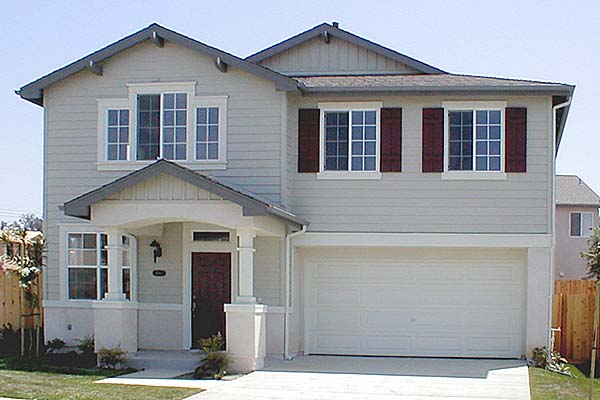RENT BID MODELS
Understanding Rent Bid Models in Real Estate
Rent bid models serve as conceptual tools that shed light on the allocation of land in competitive markets within the realm of real estate. Based on the fundamental assumption that space is controlled by the activity offering the highest bid for a specific site, these models provide valuable insights into the dynamics of land allocation, pricing, and market competition.
The Concept of Rent Bid Models
Competitive Space Allocation
At the core of rent bid models lies the concept of competitive space allocation, wherein multiple entities or activities vie for the utilization of a particular land parcel. This competitive dynamic prompts participants to submit bids reflective of the value they attribute to the site, considering factors such as location, access, and the potential for their intended use.
Market-Driven Allocation
Rent bid models underscore the market-driven nature of land allocation, emphasizing the pivotal role of supply and demand dynamics, as well as the perceived utility or profitability of different land uses. The model posits that the space will be allocated to the activity offering the highest bid, aligning with the principles of market efficiency and rational resource allocation.
Key Components of Rent Bid Models
Bid Determinants
Rent bid models consider a range of determinants that influence the bidding process, including the following:
Land Characteristics:
The physical attributes, zoning regulations, and development potential of the site.
Rent bid models consider a range of determinants that influence the bidding process, including the following:
Land Characteristics:
The physical attributes, zoning regulations, and development potential of the site.
Market Conditions:
Prevailing demand, economic trends, and industry-specific factors impacting the desirability of the location.
Utility and Profitability:
The perceived value and potential returns associated with utilizing the space for various activities, such as commercial, residential, or industrial purposes.
Implications for Land Use Planning
Rent bid models offer valuable insights for land use planning and urban development strategies. By understanding the factors driving competitive bids for land, policymakers, urban planners, and real estate professionals can make informed decisions regarding zoning, infrastructure development, and the facilitation of economically and socially beneficial land uses.
Real-World Applications
Rent bid models find practical application in real estate auctions, competitive bidding processes for development rights, and the assessment of land value in diverse urban and rural contexts. Additionally, these models inform investment decisions, property valuation, and the formulation of strategic land use policies aimed at fostering vibrant, sustainable communities.
Embracing the Insights of Rent Bid Models
In conclusion, rent bid models offer a compelling framework for understanding the intricate interplay of market forces, land allocation, and the determination of land value in real estate. By embracing the insights derived from these models, stakeholders in the real estate ecosystem can gain a deeper appreciation of the competitive dynamics shaping land markets, thereby informing their strategic endeavors and contributing to the efficient and equitable utilization of land resources.
MORE REAL ESTATE TERMS
A, B, C, D, E, F, G, H, I, J, K, L, M, N, O, P, Q, R, S, T, U, V, W, X, Y, Z
Featured New Home

Featured Mortgage Brokers
- CARLILE PROPERTIES, SACRAMENTO, CA
1009 22ND STREET, 3A
SACRAMENTO, CA 95816 - ACADEMY MORTGAGE CORPORATION, CHICO, CA
1600 MANGROVE AVE STE 100
CHICO, CA 95926 - PINNACLE CAPITAL MORTGAGE CORPORATION, PUYALLUP, WA
311 RIVER RD STE 202
PUYALLUP, WA 98371 - CSTONE MORTGAGE INC, SAN DIEGO, CA
4545 MURPHY CANYON RD STE 213
SAN DIEGO, CA 92123 - TOP FLITE FINANCIAL INC, WATERFORD, MI
5663 HIGHLAND RD
WATERFORD, MI 48327